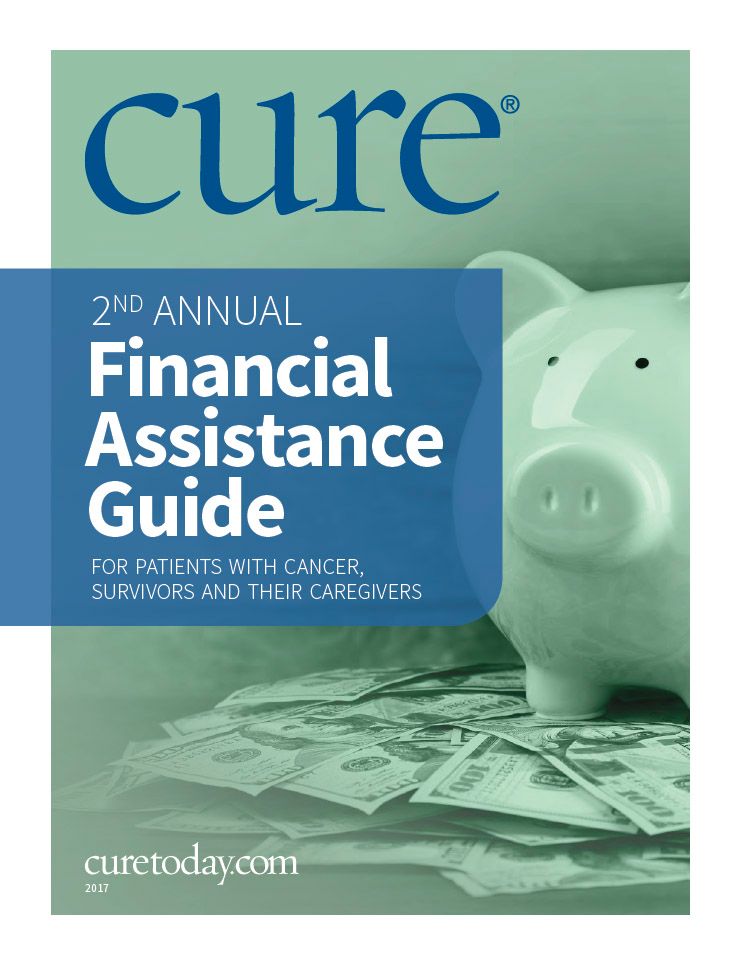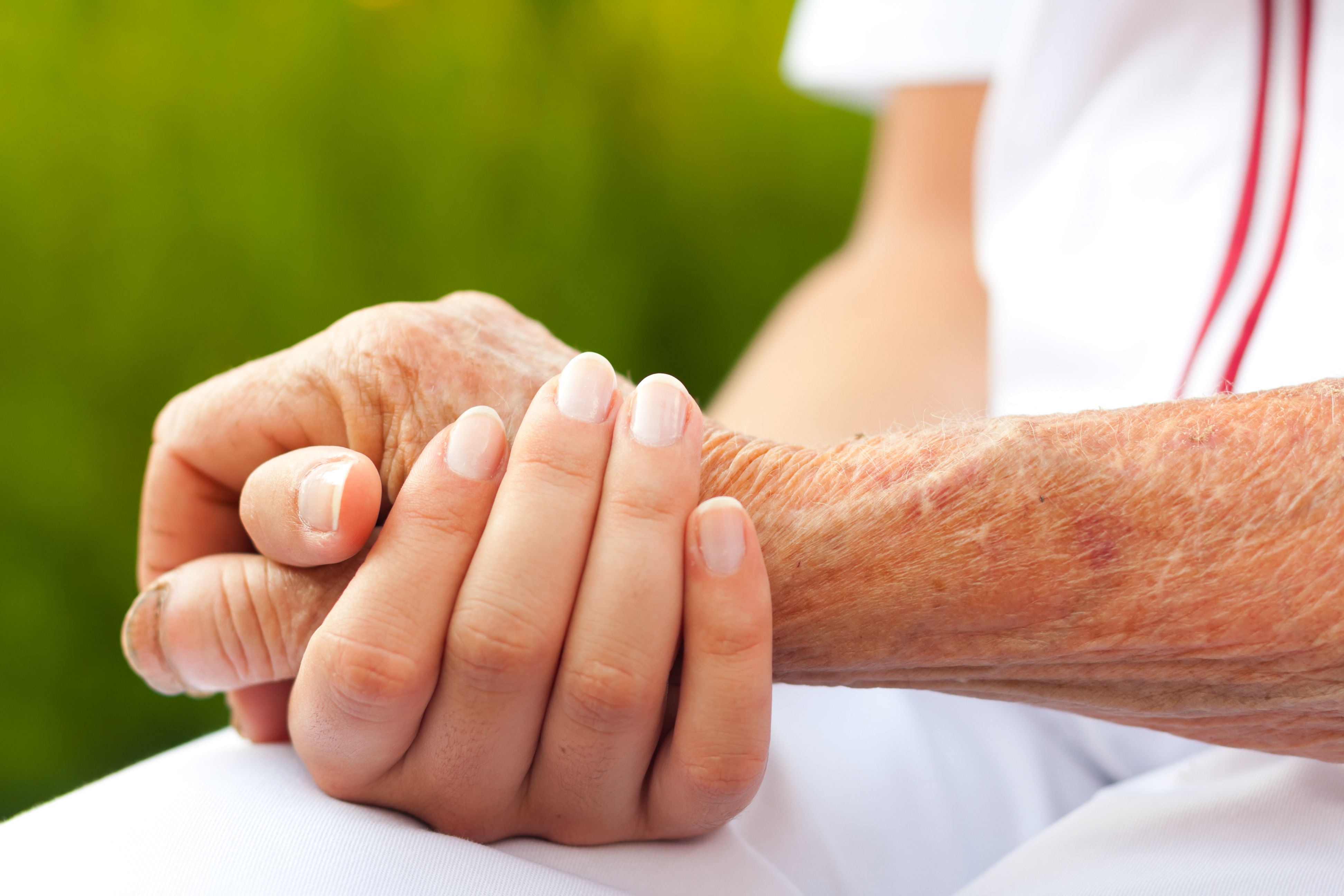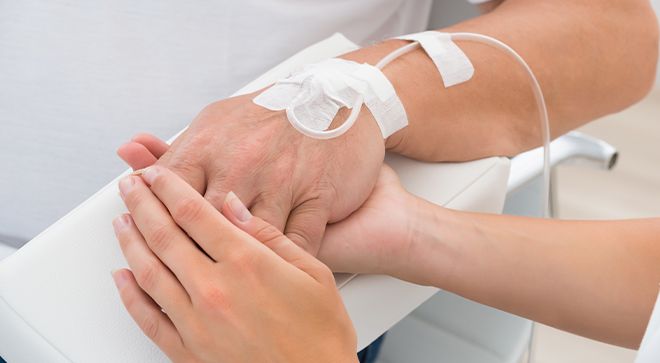Publication
Article
CURE
A Chest of Charity
Author(s):
Many pharmaceutical companies provide assistance for medications that patients desperately need.
Many pharmaceutical companies provide assistance for medications that patients desperately need.
The most basic facts about pharmaceutical-company financial assistance programs are also the most important facts: There is at least one program that covers a part or, in some cases, most of many cancer treatments. All those programs exist to make sure patients never forgo optimal treatments because they genuinely can’t afford them.
This is not to say that every pharmaceutical company offers assistance the moment drug costs begin to hurt. Some expect patients to dig pretty deep, particularly if those patients have savings. But there’s nearly always help available for patients who have reached the point of choosing between medication and other genuine necessities, and there’s often help available long before that.
The most common type of program provides discounted or free medications to patients with no insurance. Some of these programs are also open to people with very basic insurance that caps benefits or insurance that excludes a preferred drug from its formulary. Patients who wish to participate usually must document their lackluster insurance or swear they’re uninsured — sometimes in front of a notary — and then provide further documentation of their financial situation, usually via tax returns, and of their right to live in the country. In most cases, they must also get their doctors to document their medical condition and their treatment plan.
Maximum income thresholds vary from plan to plan and, sometimes, from drug to drug.
Historically, most programs are closed to patients whose household income is more than double the official federal poverty level, which is currently set at $16,240 for a two-per-son household and $24,600 for a four-person household. As drugs have gotten more expensive, however, many pharmaceutical companies have raised income caps. Pfizer made news in 2015 when it doubled income caps for its patient assistance programs to four times the federal poverty level.
Thresholds are even higher at Pfizer and many other companies when it comes to help with expensive oncology medications. For example, the current Lilly Cares Oncology income threshold for a family of four is $123,000 in the mainland United States, which is five times the federal poverty level, and it’s $141,450 in Hawaii and $153,750 in Alaska.
Still others have income levels that vary with the cost of the medication that patients need. The AbbVie Patient Assistance Foundation currently caps eligibility for uninsured patients from a four-person household at anywhere from $49,200 for its least expensive medications to $123,000 for its most expensive medications.
Incyte, the company that produces Jakafi (ruxolitinib), offers free medication through its IncyteCARES pro-gram. Patients may be eligible if their household size and annual income meet certain criteria, such as earning less than $125,000 a year or less than 600 percent of the federal poverty level.
Of course, patient income is not the only financial consideration. Many programs also have caps on patient wealth, so people who have retired early with millions in the bank typically don’t qualify for any help, even if their tax returns show next to no income. On the other hand, some companies will help patients whose income exceeds caps in very special circumstances: e.g., two members of the same family undergoing cancer treatment at the same time.
People who earn too little money are also ineligible for these programs because they qualify for Medicaid. There are, however, some programs from some companies that provide co-pay assistance to Medicaid patients.
Minimum income thresholds tend to vary with patient location because different states have different income limits for Medicaid. Minimums therefore tend to start at zero for patients in the 18 states that do not offer Medicaid to childless adults, and they rise to more than 138 percent of the current year’s federal poverty level in the 32 states that have recently expanded Medicaid eligibility as part of the Affordable Care Act. Patients can apply for most pro-grams through the mail, via fax or online, using scanned documents to verify important facts, and the approval process tends to be surprisingly fast given the value of the products in question.
“The process can be delayed if patients or doctors don’t initially provide all the documentation required, but we do what it takes to process complete applications quickly,” says Steven Stapleton, president of the Lilly Cares Foundation. “We know full well that the last thing recently diagnosed patients with cancer need is the stress of not knowing whether they’ll be able to follow their treatment plans. We typically respond to patients in three to five business days, and we approve all eligible patients. We don’t cap the number of participants or the value of donated medications. If you met all eligibility requirements, Lilly Cares will provide free medication."
CO-PAY ASSISTANCE
Patients who have prescription drug benefits but still cannot afford treatment because of high co-pays can
Many pharmaceutical companies offer co-pay assistance to insured patients, usually through a program that is separate from the program that helps uninsured patients. All insured patients, even those with generous policies, should check to see whether they qualify for any such program because the savings can be substantial.
The process for applying for co-pay assistance is broadly similar to the process for applying for free medications, but there are some important differences. Maximum income thresholds are generally significantly lower because even the highest co-pays are significantly less than the full cost of prescription benefits. Also, many such programs are not available to Medicare patients. That said, Medicare patients should always check because some co-pay assistance programs are open to them. What’s more, some companies that ban Medicare patients from their normal co-pay programs have special programs just for such patients. AstraZeneca, for example, has the AZ&Me Prescription Savings Program for people with Medicare Part D.
To get a sense of how valuable co-pay assistance can be, consider what Merck & Co. offers as part of its Access Program for Keytruda (pembrolizumab), an immuno-therapy that retails for about $150,000 a year. The pro-gram pays a maximum financial benefit of up to $10,000 in annual co-pays for patients making more than seven times the federal poverty level and up to $25,000 in annual co-pays for patients who make up to seven times the current poverty level.
“We knew early on that Keytruda was a very special drug, but we also knew that the costs associated with developing it and making it risked ensuring many people had access to it, so we enhanced and launched an access program for Keytruda on the very same day that we brought Keytruda to market,” says Jill DeSimone, senior vice president, who heads Merck’s U.S. oncology business. “We fully under-stand that the best drug in the world is not effective if patients cannot access it, and we are fully committed to making sure patients can access our medications.”
DIRECT ACCESS
Odd as it may sound, direct financial assistance is not the only form of financial assistance that pharmaceutical companies offer to patients with cancer. Many of them give patients access to counselors who specialize in finding money from other sources. These counselors are experts in making appeals when insurers decline to cover prescribed treatments, in finding insurance pro-grams that are open to uninsured patients who have just been diagnosed, in finding assistance from government programs and private charities or in hunting down other possible sources of extra funding.
Pfizer, for example, has just launched a program that offers patients with cancer who use one of its medications a dedicated social worker who can help them navigate the complexities of dealing with their insurance companies, their various doctors and even Pfizer’s assistance plans.
“We launched this in part because our research found a real need,” says Liz Barrett, global president of Pfizer Oncology. “Both cancer and its treatment are so all-encompassing that patients and their families often do not have the time or energy to read all the fine print and serve as effective advocates for themselves.” Barrett notes that a social worker is just one part of the company’s brand-new assistance program for patients.
“Like a lot of pharmaceutical companies, we used to have a bunch of different assistance programs, and both patients and doctors struggled to figure out who was eligible for what, even after we put an umbrella program on top of everything else,” she says. “The new program, Pfizer Oncology Together, eliminates all the complexity. There’s now one place to go for help with any question: how to navigate the health care system, how to get a second opinion, how many ways there are to pay, how to get tested for all the different genetic mutations, how to manage side effects, when they should call the doctor, or just what to expect.”
Patient support from many pharmaceutical companies goes far beyond finding money for particular medications. Companies maintain numbers that let patients call nurses to discuss the best way of dealing with the side effects of a particular treatment. They keep lists of cancer support groups in every part of the country. They help patients get discounted flights and lodging when they need to travel for treatment. Pfizer even spent the better part of two years developing a comprehensive support app that’s now avail-able free to all patients with cancer — online (thisislivingwithcancer.com/) and in both Apple and Google’s app stores as LivingWith — because Barrett and her team were under-whelmed with the usefulness of older support programs.
Similar support services are also available from a growing number of oncology practices and cancer centers, which have added financial counselors, patient navigators and 24/7 telephone nursing as part of a new care model designed to keep patients out of hospitals by giving them more care and more assistance while they’re still healthy.
Patients whose oncologists have adopted this new model should automatically be put in contact with a counselor who will look at both their prescribed treatment and their insurance plan and then set about finding any financial assistance those patients can receive, whether the money comes from a pharmaceutical company or some other source.
Patients whose oncologists don’t have such counselors must start looking for help on their own. They can, of course, start at the websites of whatever companies make the drug they’re prescribed, but it may be easier for many to start at one of the websites that aggregates information about programs from different companies. The largest of these is probably the Partnership for Prescription Assistance (PPA), which is run by a drug company trade group called the Pharmaceutical Research and Manufacturers of America, or PhRMA.
The PPA website (pparx.org/) can determine which patients are eligible to participate in any of more than 475 different assistance programs. (Yes, there really are nearly 500 separate programs, which is why it can be hard for unassisted patients to find the right ones.) Users start by typing in the name of each drug they want assistance in buying, and the site walks them through the process from there.
How many patients get approved? Pharmaceutical assistance programs don’t come up all that frequently in stories about drug costs and coverage, but they do reach a lot of people. The PhRMA website has helped more than 10 mil-lion patients get financial help since it went online in 2005, and the numbers that the drug companies put out suggest that’s only a tiny fraction of the total number of participating patients. Lilly Cares, which is one of those nearly 500 programs, helped 945,629 patients obtain medications over the past five years.
Numbers like that bring the story right back where it began: There is a lot of financial help that’s available. If you or a loved one needs help, it’s worth your while to look for it.



